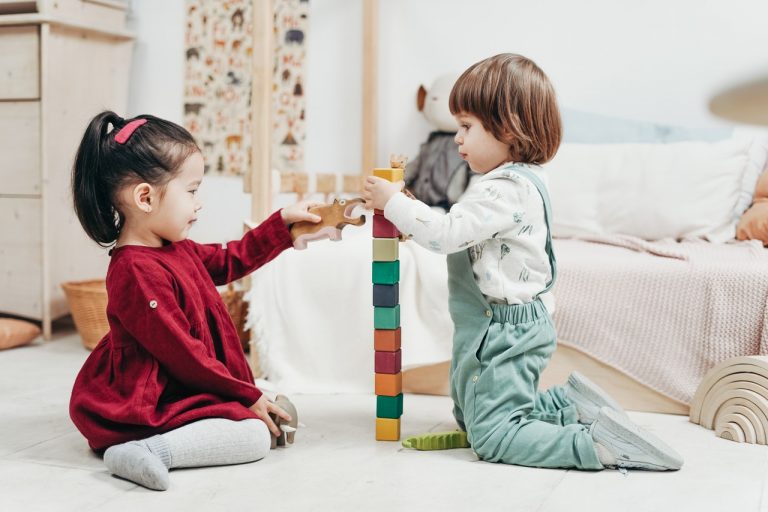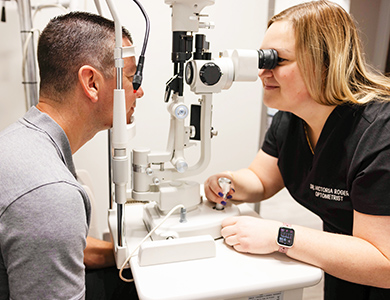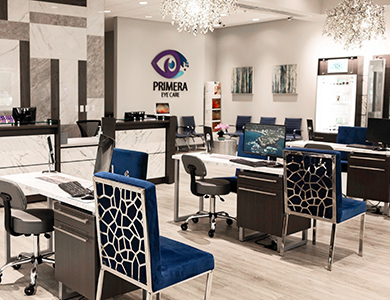
Vision is extremely important when it comes to a child’s development and learning. Children that can’t see well also can’t see the board in school. They may also struggle with reading or playing sports. This is because the sense of sight is interconnected with the brain and its ability to correctly interpret signals from the world around us. Children with poor vision that goes uncorrected can therefore end up behind their peers developmentally.
How Effective Is Visual Therapy?
Visual therapy is controversial in the vision care field. Some eye doctors don’t recommend visual therapy because they don’t believe it works. However, others are strong advocates of the therapy, believing it to help children. Gary Rodney, who is a behavioral optometrist and also a fellow of the International Academy of Orthokeratology and Myopia Control, or FIAOMC, strongly recommends visual therapy.
According to Rodney, children who undergo visual therapy later seem like completely different people. Instead of struggling in school, they can unlock their full potential. He believes that visual therapy can make a huge difference in a child’s life.
What Is a Behavioral Optometrist?
A behavioral optometrist is an eye doctor who examines not just how well your eyes can see but also how your eyes work together, how well they focus and move, and what vision problems a person may have. Behavioral optometrists are the ones who use visual therapy to prevent problems and improve the visual system as a whole.
What Is Visual Therapy?
Visual therapy is a set of activities supervised by an eye doctor that is designed specifically to train certain visual skills in children. Glasses and contact lenses correct vision but visual therapy, in contrast, aims to teach the eyes to correct themselves and is like physical therapy for the eyes.
What Can Visual Therapy Improve for Children?
Visual therapy can have a positive impact on the following:
- Academic performance
- Coordination
- Self-confidence
- Social skills
What Are Symptoms of Vision Problems in Children?
Children may exhibit behavioral issues or have difficulty in school if they have vision problems. The problem may not just be with the clarity of their eyesight, however. If their eyes aren’t working well together, they could have similar problems. Sometimes, vision problems may be mistaken for ADHD or dyslexia. Some symptoms to look for are:
- Covering one eye while writing reading
- Tilting the head while writing or reading
- Moving the head while writing or reading
- Reading very slowly
- Difficulty reading
- Leaving out words when writing or reading
- Losing their place while writing or reading
- Poor concentration
- Getting easily distracted
- Complaining of tired eyes
- Rubbing eyes
- Watering eyes
- Writing or reading deteriorating throughout lessons
How to Know If Visual Therapy Is Right for Your Child
If your child is showing symptoms of having vision problems, the first step is to consult with an eye doctor. The problem may be correctable with glasses or contact lenses. If the vision problems are related to eye coordination, then glasses may not entirely correct the problem. Ask your eye doctor if they recommend visual therapy for your child. If so, they may recommend a behavioral optometrist to you if visual therapy isn’t something your regular eye doctor offers.





